
On 4 November 2015, the Political Affairs Committee of the Parliamentary Assembly of the Council of Europe (PACE) approved a draft resolution titled “Escalation of Violence in Nagorno-Karabakh and the Other Occupied Territories of Azerbaijan”.[1] The draft resolution, which will be discussed at the Assembly’s January 2016 session, makes a courageous assessment of the conflict in Nagorno-Karabakh and criticizes both Armenia and OSCE Minsk Group.
The draft resolution, in brief, draws attention to the escalation of violence since last year between Azerbaijan and Armenia regarding Nagorno-Karabakh and the other occupied territories of Azerbaijan. Stating that “the problem of Nagorno-Karabakh has caused instability for the entire region of the South Caucasus”, it points out has the potential to turn into a war. It underlines that although twenty years has passed since the beginning of the conflict, the Azerbaijani territories still remain under Armenian occupation and “nearly one million people are still displaced and face an uncertain future”. Moreover, it states that the “displacement of 600 000 IDPs from the region means that the status quo is not acceptable and must not be seen as a fait accompli, ultimately to the benefit of one party.” The draft resolution calls for “the withdrawal of Armenian armed forces and irregular armed forces from Nagorno-Karabakh and the other occupied territories of Azerbaijan and the establishment of full sovereignty of Azerbaijan in these territories.”
The draft resolution also lays out several hard facts against Armenia. It underlines that “independence and secession of a regional territory from a State may only be achieved through a lawful and peaceful process based on democratic support by the inhabitants of such territory and not in the wake of an armed conflict leading to ethnic expulsion and the de facto annexation of such territory to another State.” Thus, Armenia’s argument of “self-determination” is ruled out.[2] It states that the ethnic expulsion and the creation of mono-ethnic areas following Armenia’s military action “resemble the terrible concept of ethnic cleansing.” Referring to the European Court of Human Rights’ judgment regarding the case of Chiragov and Others v. Armenia,[3] the draft resolution underlines that Armenia “exercised effective control over Nagorno-Karabakh and the surrounding territories" and thus, rules out Armenia’s claim of an independent “Nagorno-Karabakh Republic.”
The PACE draft resolution criticizes Armenia regarding the resolution of the conflict. Most importantly, it states that “the occupation of foreign territory by a member State constitutes a grave violation of that State’s obligation as a member of the Council of Europe.” Furthermore, it criticizes the members of the Armenian delegation to the PACE and the Armenian government for their lack of cooperation in the processes within the Council regarding the Nagorno-Karabakh issue and warns that “such behavior is in breach of Armenia’s commitments as member of the Council of Europe.”
On the other hand, the draft resolution acknowledges Azerbaijan’s efforts. It commends the government of Azerbaijan for their financial and material support to the more than one million displaced persons and refugees and welcomes its willingness to establish contacts with Armenians for the return of displace persons to their place of origin.
The draft resolution also touches upon the OSCE Minsk Group’s activities and states: “in light of the lack of progress over the last twenty years, which undermines the credibility of international institutions, the Assembly calls upon the Minsk Group to consider reviewing its approach to the resolution of the conflict.” Thus, it criticizes Minsk Group Co-Chairs’ approach to the conflict for not bearing any result.
While the PACE draft resolution was welcomed by Azerbaijan, not surprisingly, it was criticized by Armenia for being pro-Azerbaijani and for intervening to peace process spearheaded by the OSCE Minsk-Group represented by its three Co-chair. Futhermore, PACE and its rapporteur, Robert Walter, whose report formed the basis of the draft resolution, were accused for being funded and bribed by Azerbaijan. For instance, Armenian foreign minister Edward Nalbandian accused PACE rapporteur Robert Walter for being pro-Azerbaijani and claimed that he was funded by the Azerbaijani government. He also emphasized that OSCE Minsk Group Co-Chairs are the only mediators in the settlement of the Nagorno-Karabakh issue.[4] David Babayan, spokesperson for the president of the so-called Nagorno-Karabakh Republic, suggested that PACE was bribed by claiming that “The Parliamentary Assembly of the Council of Europe (PACE) has gradually turned into a pavilion in a Baku market where one can conduct trade and buy documents, which is a blow to European values” and added that the draft resolution “smells of Azerbaijani caviar and oil.”[5]
The draft resolution was also criticized by the Minsk Group Co-Chair countries. Russian Foreign Minister Sergey Lavrov said that “the Troika [France, Russia, USA] is the authorized collective mediator on the Nagorno-Karabakh settlement, and whatever drastic actions, undertaken by whoever, only harm the process and the Co-Chairs’ activities.” During her visit to Erevan, Bridget A. Brink, U.S. Deputy Assistant Secretary of State said that “to move the Karabakh issue to other formats are detrimental to the peace process.”[6]
The Minsk Group Co-Chairs also issued a joint press release and said: “The Minsk Group format is accepted by the parties and has the full confidence of all OSCE participating States. Considering the sensitivity of the negotiations, attempts to change the format or create parallel mechanisms can disrupt the negotiation process and impede progress towards a settlement.”[7]
As seen above, Armenia’s reactions to the draft resolution and its accusations regarding PACE and its rapporteur clearly shows Armenia’s disappointment. Armenia’s efforts to defame and discredit the draft resolution with under the belt punches reveal that they are up against the wall. Indeed, the draft resolution clearly invalidates Armenia’s arguments of “self-determination” and an independent “Nagorno-Karabakh Republic”, and underlines that Armenia is the aggressor in the region by continuing its occupation and impeding any settlement.
For this reason, Armenia’s efforts are focused on maintaining the status quo in the region. That is why Armenia singles out the OSCE Minsk Group Co-chairs as the only mediator in the conflict. Unfortunately, the Minsk Group Co-Chair’s ineffectiveness serves Armenia’s purpose. France, USA, and Russia – countries with large Armenian diasporas and with mutual historical bonds with Armenia– has failed to force Armenia to respect international law and principles. Although the Minsk Group Co-Chairs do not agree, it is clear that the Minsk Group has to change its ways if it really wants to settle the conflict or a new format for the settlement of the conflict must be found.
[2] Turgut Tuncel, “Yet Another Decision Against Armenia on Nagorno-Karabakh”, Hurriyet Daily News, http://www.hurriyetdailynews.com/yet-another-decision-against-armenia-on-nagorno-karabakh.aspx?pageID=449&nID=91299&NewsCatID=396
[3] Turgut Tuncel, “The Nagorno-Karabakh Issue from a Juridical Point of View: the Case of Chiragov and Others v. Armenia”,AVIM, http://www.avim.org.tr/yorumnotlarduyurular/en/THE-NAGORNO-KARABAKH-ISSUE-FROM-A-JURIDICAL-POINT-OF-VIEW:-THE-CASE-OF-CHIRAGOV-AND-OTHERS-V--ARMENIA/4133
[5] http://asbarez.com/141628/pace-committee-report-smells-of-azeri-caviar-and-oil-says-artsakh-official/
© 2009-2025 Center for Eurasian Studies (AVİM) All Rights Reserved
No comments yet.
-
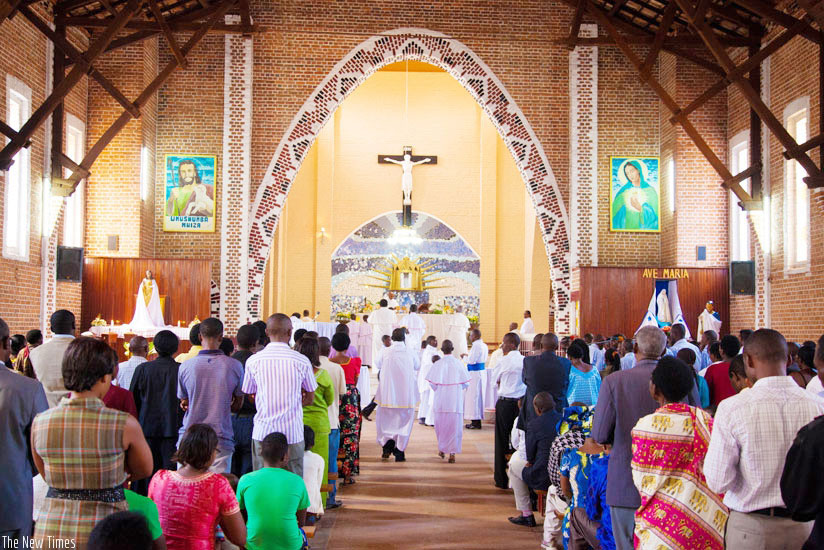 CATHOLIC CHURCH IN RWANDA APOLOGIZES FOR ROLE IN GENOCIDE
CATHOLIC CHURCH IN RWANDA APOLOGIZES FOR ROLE IN GENOCIDE
Ali Murat TAŞKENT 05.12.2016 -
 CONTRADICTIONS REVEALED WITH THE DEBATES ON SREBRENICA IN THE UN
CONTRADICTIONS REVEALED WITH THE DEBATES ON SREBRENICA IN THE UN
Ali Murat TAŞKENT 12.07.2015 -
 BOOK REVIEW-SASUN: THE HISTORY OF AN 1890S ARMENIAN REVOLT
BOOK REVIEW-SASUN: THE HISTORY OF AN 1890S ARMENIAN REVOLT
Ali Murat TAŞKENT 12.04.2015 -
 THE AFTERMATH OF THE DENIAL OF TERRORIST SASSOUNIAN’S PAROLE
THE AFTERMATH OF THE DENIAL OF TERRORIST SASSOUNIAN’S PAROLE
Ali Murat TAŞKENT 16.05.2017 -
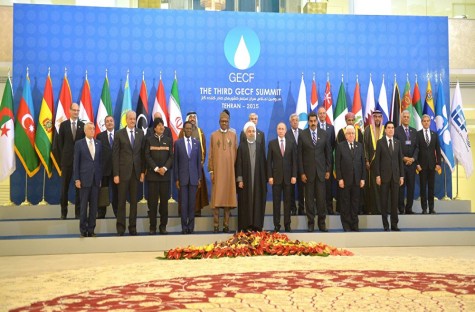 THIRD GAS SUMMIT OF THE GAS EXPORTING COUNTRIES FORUM
THIRD GAS SUMMIT OF THE GAS EXPORTING COUNTRIES FORUM
Ali Murat TAŞKENT 07.12.2015
-
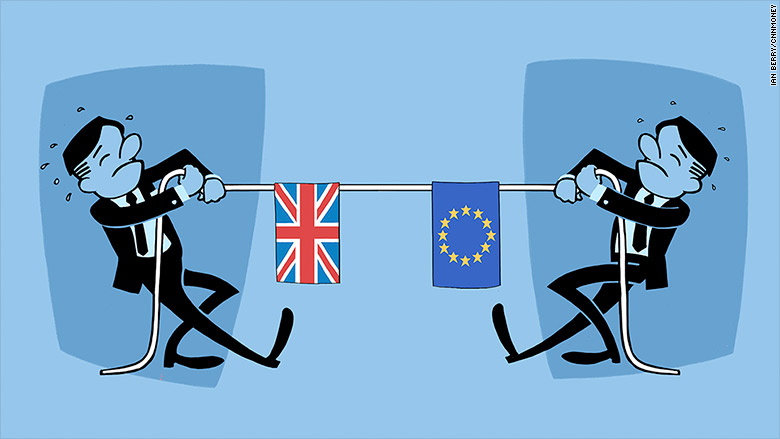 BREXIT PROCEEDS BUT UNITED KINGDOM IS HESITANT ABOUT BREXIT
BREXIT PROCEEDS BUT UNITED KINGDOM IS HESITANT ABOUT BREXIT
Hazel ÇAĞAN ELBİR 02.03.2018 -
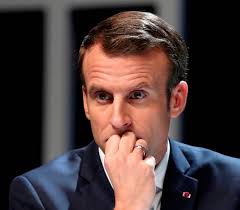 EMMANUEL MACRON RECEIVED A SURPRISE NEW YEAR “GIFT” IN EXCHANGE FOR HIS SUPPORT TO ARMENIAN CLAIMS
EMMANUEL MACRON RECEIVED A SURPRISE NEW YEAR “GIFT” IN EXCHANGE FOR HIS SUPPORT TO ARMENIAN CLAIMS
AVİM 21.01.2019 -
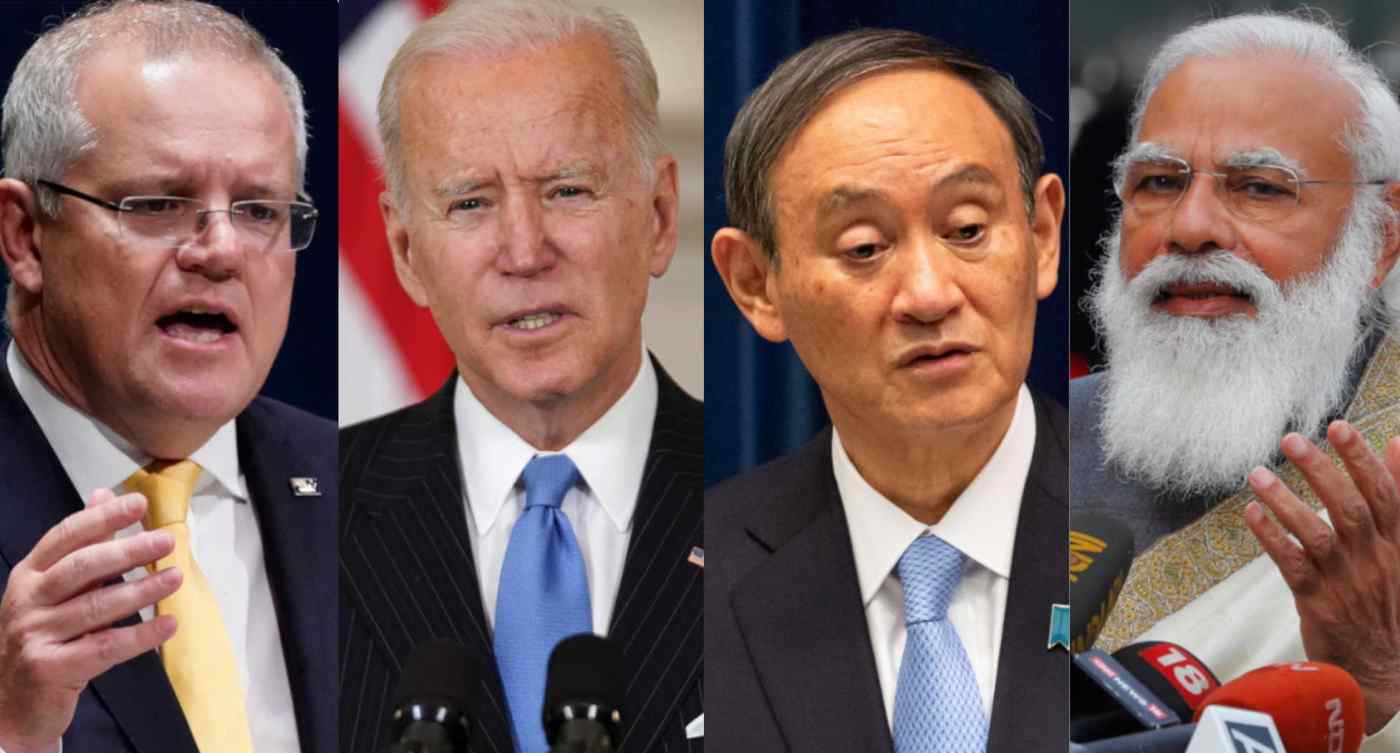 THE QUAD: TURNING POINT FOR THE INDO-PACIFIC
THE QUAD: TURNING POINT FOR THE INDO-PACIFIC
Şevval Beste GÖKÇELİK 01.04.2021 -
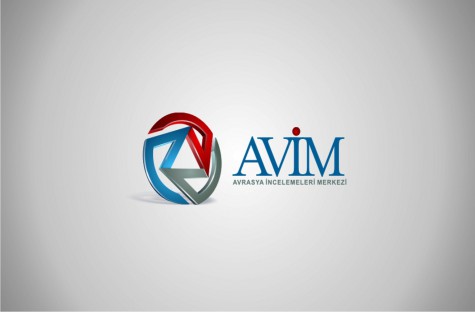 ACADEMIC DEBATE V. CHEAP SLANDER
ACADEMIC DEBATE V. CHEAP SLANDER
AVİM 24.06.2015 -
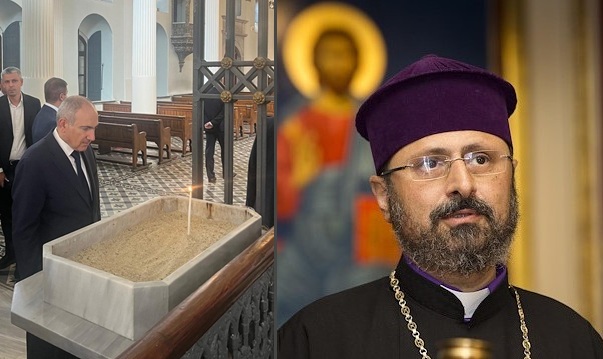 THE TÜRKİYE-ARMENIA NORMALIZATION PROCESS AND THE ARMENIAN PATRIARCHATE OF ISTANBUL
THE TÜRKİYE-ARMENIA NORMALIZATION PROCESS AND THE ARMENIAN PATRIARCHATE OF ISTANBUL
AVİM 04.11.2025
-
25.01.2016
THE ARMENIAN QUESTION - BASIC KNOWLEDGE AND DOCUMENTATION -
12.06.2024
THE TRUTH WILL OUT -
27.03.2023
RADİKAL ERMENİ UNSURLARCA GERÇEKLEŞTİRİLEN MEZALİMLER VE VANDALİZM -
17.03.2023
PATRIOTISM PERVERTED -
23.02.2023
MEN ARE LIKE THAT -
03.02.2023
BAKÜ-TİFLİS-CEYHAN BORU HATTININ YAŞANAN TARİHİ -
16.12.2022
INTERNATIONAL SCHOLARS ON THE EVENTS OF 1915 -
07.12.2022
FAKE PHOTOS AND THE ARMENIAN PROPAGANDA -
07.12.2022
ERMENİ PROPAGANDASI VE SAHTE RESİMLER -
01.01.2022
A Letter From Japan - Strategically Mum: The Silence of the Armenians -
01.01.2022
Japonya'dan Bir Mektup - Stratejik Suskunluk: Ermenilerin Sessizliği -
03.06.2020
Anastas Mikoyan: Confessions of an Armenian Bolshevik -
08.04.2020
Sovyet Sonrası Ukrayna’da Devlet, Toplum ve Siyaset - Değişen Dinamikler, Dönüşen Kimlikler -
12.06.2018
Ermeni Sorunuyla İlgili İngiliz Belgeleri (1912-1923) - British Documents on Armenian Question (1912-1923) -
02.12.2016
Turkish-Russian Academics: A Historical Study on the Caucasus -
01.07.2016
Gürcistan'daki Müslüman Topluluklar: Azınlık Hakları, Kimlik, Siyaset -
10.03.2016
Armenian Diaspora: Diaspora, State and the Imagination of the Republic of Armenia -
24.01.2016
ERMENİ SORUNU - TEMEL BİLGİ VE BELGELER (2. BASKI)
-
AVİM Conference Hall 24.01.2023
CONFERENCE TITLED “HUNGARY’S PERSPECTIVES ON THE TURKIC WORLD"









